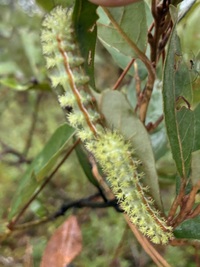
| Recorded by: Dan Helm on 2025-10-11
Columbus Co.
Comment: | 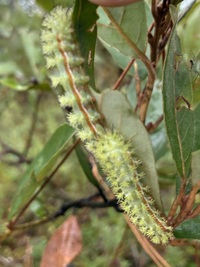
| Recorded by: Dan Helm on 2025-10-11
Columbus Co.
Comment: |
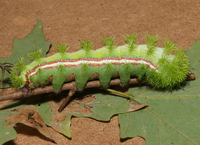
| Recorded by: David George, Jeff Niznik on 2025-09-14
Durham Co.
Comment: | 
| Recorded by: David George, Jeff Niznik on 2025-09-14
Durham Co.
Comment: |
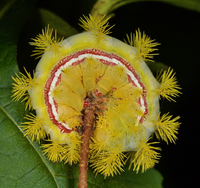
| Recorded by: Jim Petranka and Becky Elkin on 2025-08-18
Madison Co.
Comment: | 
| Recorded by: Allison Garton on 2025-08-17
Moore Co.
Comment: |
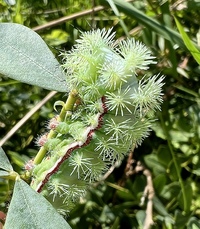
| Recorded by: Stephen Dunn on 2025-08-10
Orange Co.
Comment: | 
| Recorded by: K. Hutson on 2025-07-23
Gaston Co.
Comment: |

| Recorded by: David George, Jeff Niznik on 2025-07-20
Moore Co.
Comment: | 
| Recorded by: Jim Petranka, Mark Basinger and Becky Elkin on 2025-06-28
Moore Co.
Comment: |

| Recorded by: Jim Petranka, Mark Basinger and Becky Elkin on 2025-06-25
Mitchell Co.
Comment: | 
| Recorded by: Mark Basinger on 2025-06-23
Buncombe Co.
Comment: |
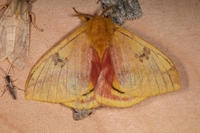
| Recorded by: Jim Petranka and Mark Basinger on 2025-06-23
Buncombe Co.
Comment: | 
| Recorded by: K. Bischof on 2025-06-22
Transylvania Co.
Comment: |

| Recorded by: K. Bischof on 2025-06-19
Transylvania Co.
Comment: | 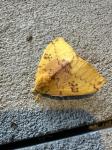
| Recorded by: A. Kauppila on 2025-06-18
Burke Co.
Comment: |

| Recorded by: Ken Kneidel on 2025-06-16
Mecklenburg Co.
Comment: | 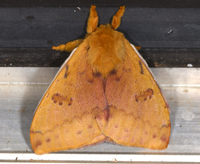
| Recorded by: Jim Petranka on 2025-05-06
Madison Co.
Comment: |

| Recorded by: Mark Basinger on 2025-05-03
Brunswick Co.
Comment: | 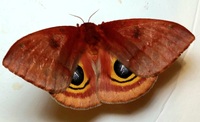
| Recorded by: Mark Basinger on 2025-05-03
Brunswick Co.
Comment: |
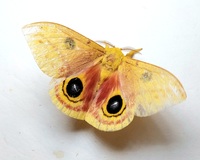
| Recorded by: Mark Basinger and Miles Buddy on 2025-04-26
Brunswick Co.
Comment: | 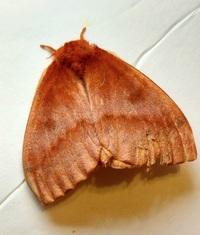
| Recorded by: Mark Basinger on 2025-04-25
Columbus Co.
Comment: |

| Recorded by: Mark Basinger on 2025-04-25
Columbus Co.
Comment: | 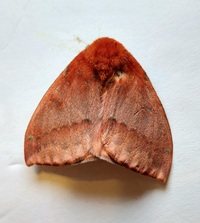
| Recorded by: Mark Basinger on 2025-04-25
Columbus Co.
Comment: |

| Recorded by: Mark Basinger on 2025-04-25
Columbus Co.
Comment: | 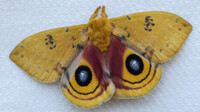
| Recorded by: Chuck Smith on 2025-04-16
Bladen Co.
Comment: |

| Recorded by: Jim Petranka, Mark Basinger and Becky Elkin on 2024-09-21
Madison Co.
Comment: Larva was feeding on Winged Elm. | 
| Recorded by: B. Bockhahn on 2024-07-14
Macon Co.
Comment: |

| Recorded by: David George, Jeff Niznik on 2024-07-08
Chatham Co.
Comment: | 
| Recorded by: David George, Jeff Niznik on 2024-07-08
Chatham Co.
Comment: |
|

 »
»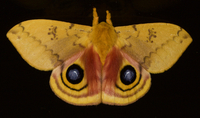
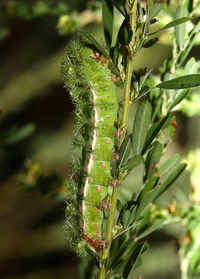
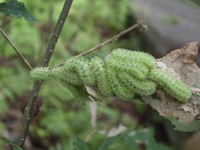

 »
»

